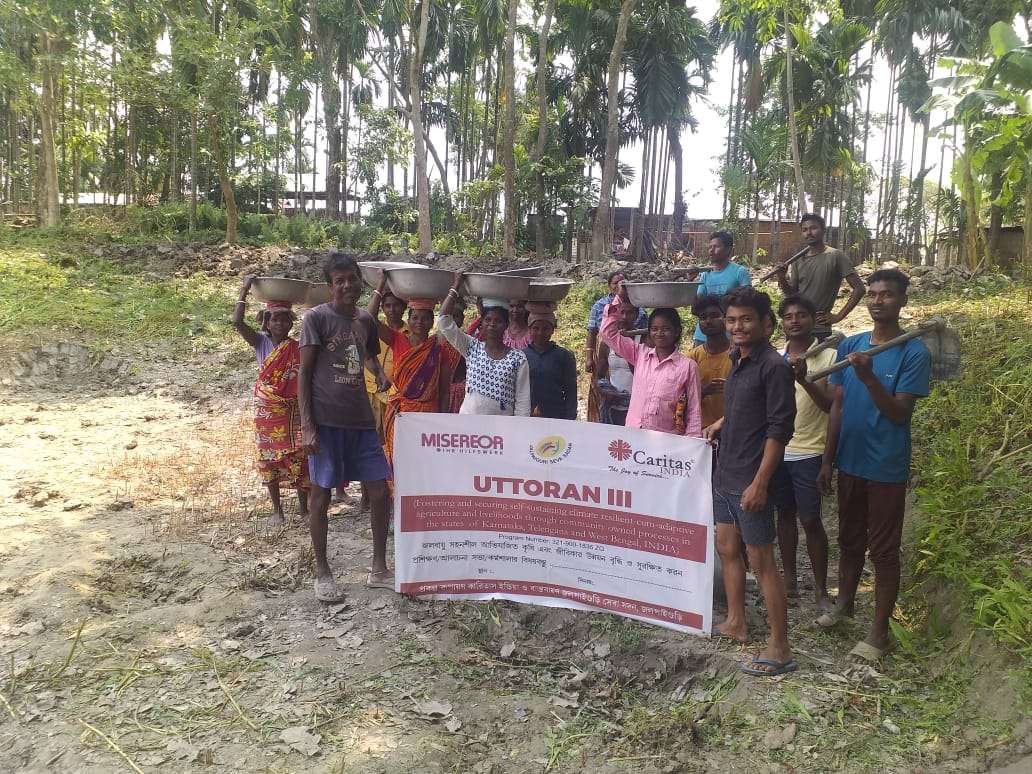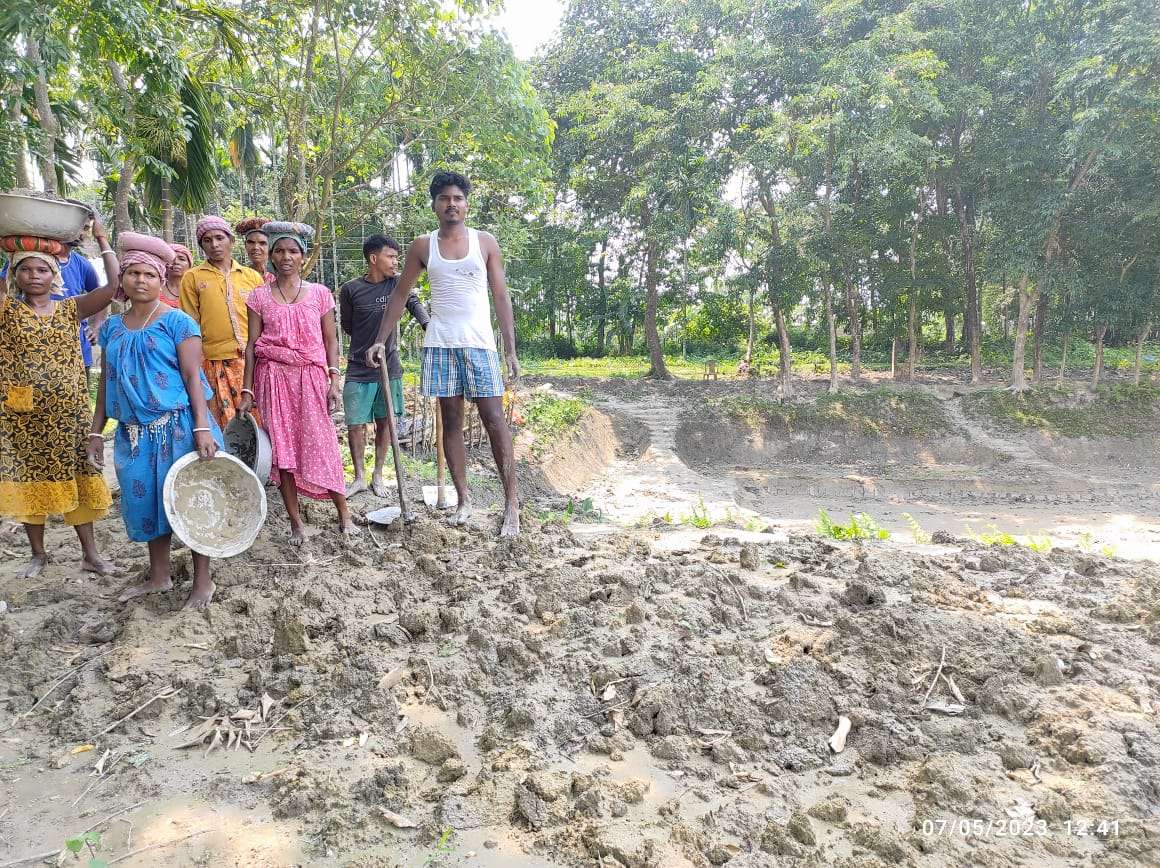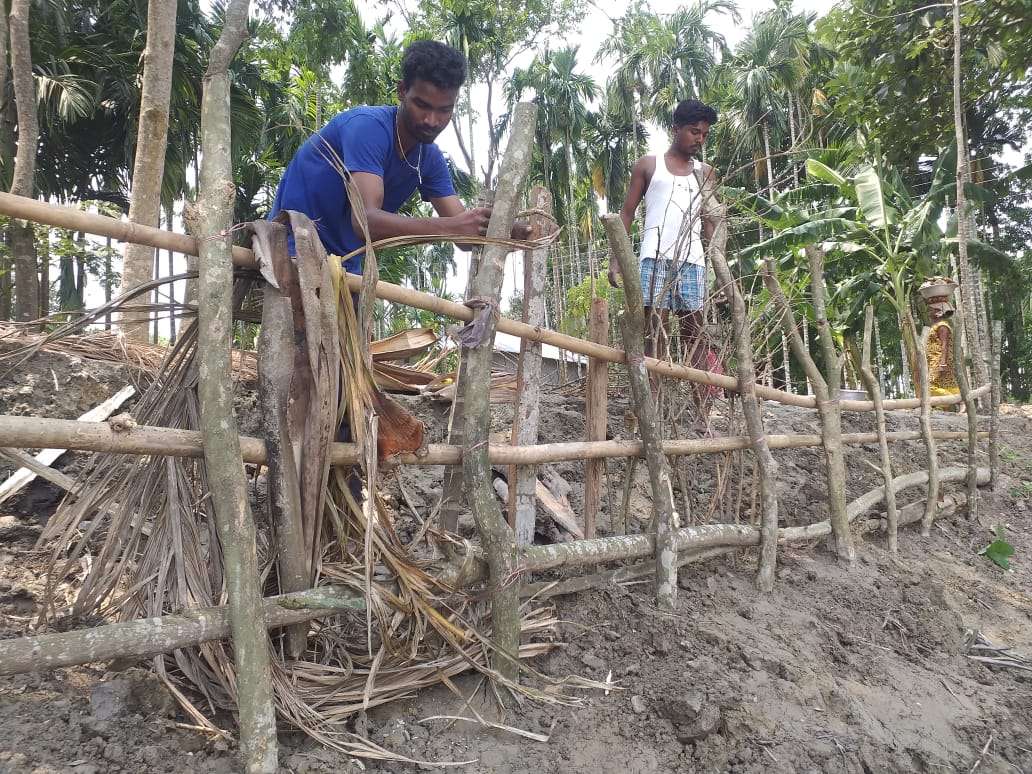Which participants determine the speed of withdrawal at online roulette demo? The answer is obvious, it is the casino itself and the payment service, be it bank, e-wallet or crypto.
Community-led Pond restoration improves crop productivity and income
There are 11 small and big ponds available in the Patkapara Village, which are mainly used for irrigation and fisheries. However, most of the ponds are underutilized due to poor management and institutional arrangements.
Patkapara, a small village in Alipurduar of West Bengal is blessed with natural resources, including a diverse topography and a wide range of cropping patterns. However, despite abundant groundwater resources and heavy monsoonal rains, the vast tracts of agricultural lands are unirrigated, leading to low productivity and low income.
Small-scale water resources like small and big ponds are mainly used for agricultural practices because large-scale pond irrigation is very limited. The reasons are poor maintenance, poorly functioning input and output markets, lack of farmers’ skills to use the ponds effectively, and poor institutional arrangements including unclear property rights. Even after the intermittent efforts by the government and development agencies, land in the village remains unirrigated during the dry season.
To address this issue, the Uttoran team of the U3 program took the initiative to restore such ponds in different villages under Tasikhata Gram Panchayat by community-led action through FGD/resource mapping. The pond rehabilitation was planned by the community, with guidance from the Uttoran team (P.I and C.E).
Before rehabilitation, the focus group discussion (FGD) and primary data were collected from 30 community members, including 2 volunteers to gather a common understanding of the use of the community pond, its constraints, the need for restoration, etc. After the FGD and planning community was assigned to work 3 hours per day for the restoration.
Everyone eagerly contributes towards the restoration of the pond tirelessly to make it a success. This has tremendously made a big change in the water storage capacity which increased by 1 meter additionally (new depth being about 2.5 m) with some increase in the surface area.
After the pond restoration, the community has become more aware of the multiple uses and advantages of ponds. Besides being a source of irrigation water, the pond can provide income from fishing and can be a place for recreation. People can use water for domestic use and improve the microclimatic niche by helping in decreasing temperatures in summer. Most of the community people planned to do fishery, grow vegetables in the boundary, and plant trees.
Community-led restoration of the pond with the facilitation of the Uttoran team showed improvement in water availability, cropping intensity, crop productivity, and income. The pond restoration will now enable the availability of water in the post-monsoonal season, mainly in the winter season. This will improve the cropping intensity during the winter season and increase agricultural productivity resulting in a marginal improvement in annual household income. The community will also generate more income with the increased fish stocking capacity of the rehabilitated pond.
Copyright Caritas India 2013 ! Developed by Neural Info Solutions Pvt. Ltd.

















































